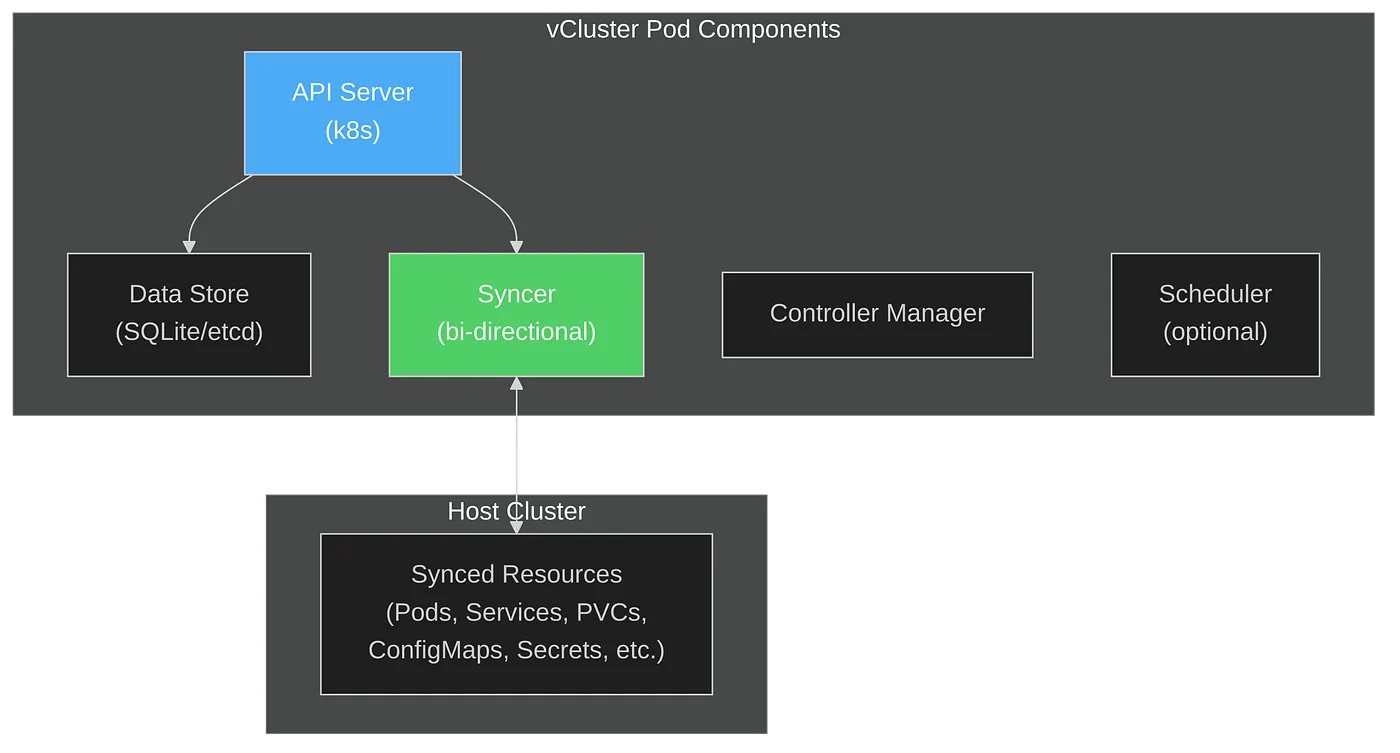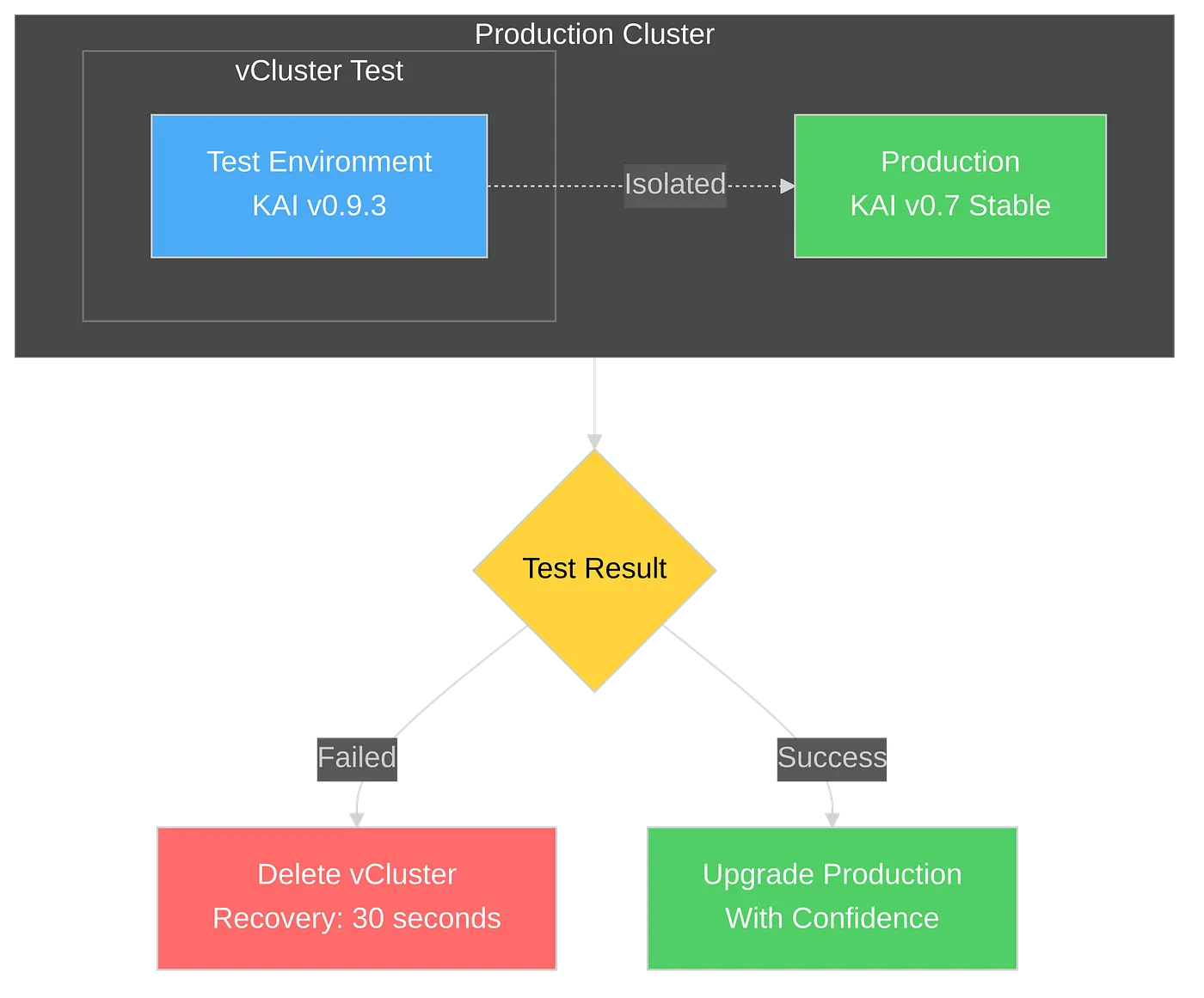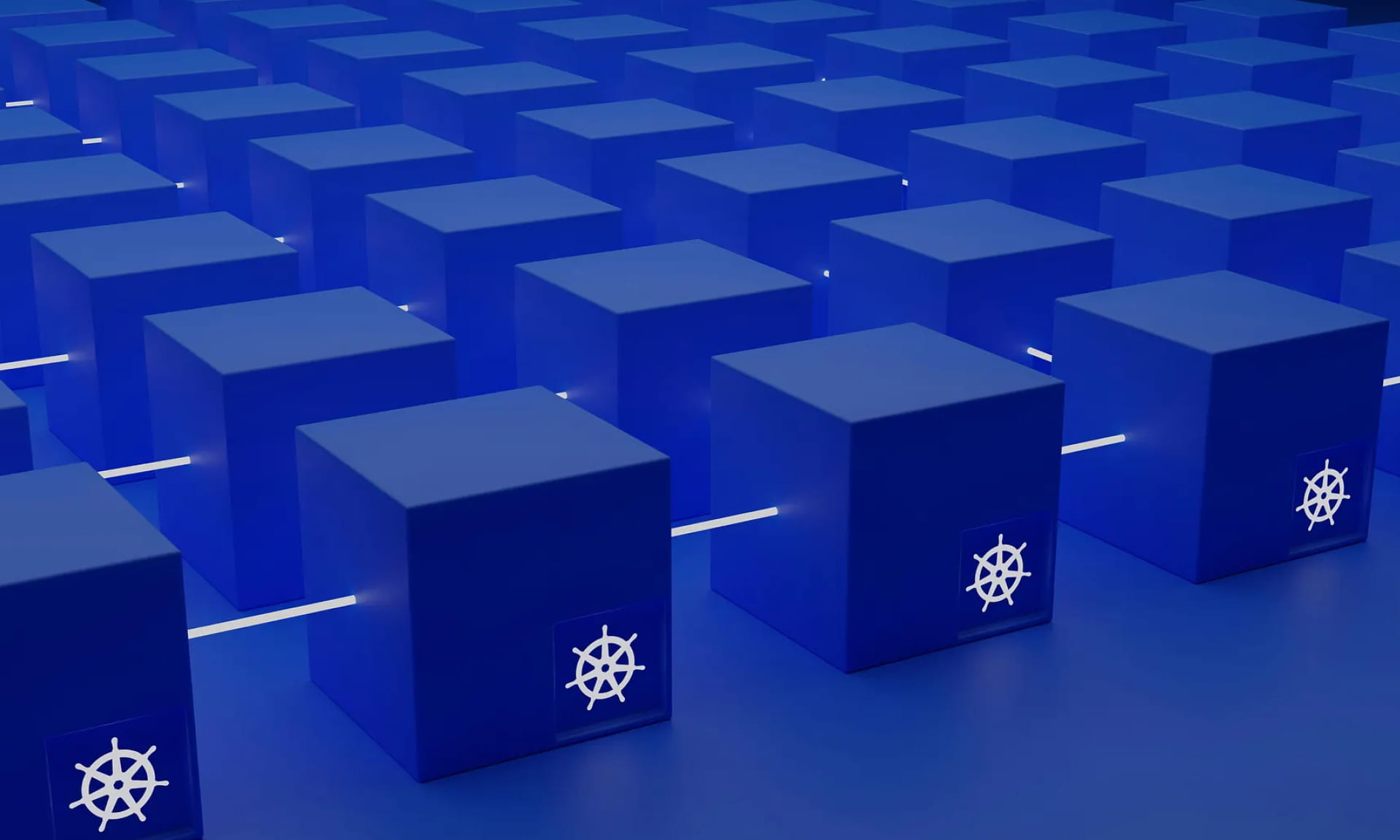Table of Contents
In today’s cloud-native landscape, GPU workloads are becoming increasingly critical. From training large language models to running inference APIs, organizations are investing heavily in GPU infrastructure. But with this investment comes a challenge: how do you safely test and deploy new GPU schedulers without risking your entire production environment?
The GPU Scheduling Challenge
Let me paint a picture of what most teams face today. You’re running a Kubernetes cluster with precious GPU resources. Multiple teams depend on these GPUs for everything from model training to real-time inference. Your current scheduler works, but you’ve heard about NVIDIA’s KAI Scheduler and its promise of fractional GPU allocation and better resource utilization.
The problem? Testing a new scheduler in production is like changing the tires while the car is still moving, one mistake and everything stops working.
Understanding GPU Workloads
Before we dive into the solution, let’s understand what actually runs on GPUs in modern infrastructure:
Notice something? Most workloads don’t use 100% of a GPU all the time. Yet traditional Kubernetes scheduling treats GPUs as indivisible resources. This is where KAI Scheduler shines — but how do you test it safely?
What is NVIDIA KAI Scheduler
In January 2025, NVIDIA open-sourced their KAI (Kubernetes AI) Scheduler, bringing enterprise-grade GPU management to the community. It’s an advanced Kubernetes scheduler designed specifically for GPU workload optimization.
Key capabilities:
KAI ensures maximum utilization without causing collisions.
Kubernetes Components Upgrades
Here’s the reality of upgrading any Kubernetes shared components, including schedulers, in production:
Current challenges:
- Single scheduler controls entire cluster
- Any changes affect all workloads
- No isolation between teams
- Rollback procedures take hours
There are several failure modes.
The impact:
According to New Relic’s 2024 data, enterprise downtime costs between $100k-1M+ per hour. Can you afford to take that risk?
Solution: vCluster for Isolated Testing
vCluster creates a fully functional Kubernetes cluster inside a namespace of your existing cluster. It’s not a new EKS cluster or GKE cluster — it’s a virtual cluster running inside your current infrastructure.
Key characteristics:

The architecture consists of these components:
- API Server: Handles all Kubernetes API calls independently
- Syncer: Bi-directional resource synchronization with host
- SQLite/etcd: Complete state isolation
- Virtual Scheduler: Independent scheduling decisions
This architecture enables running a Kubernetes cluster inside Kubernetes, with strong isolation but shared underlying resources.
Understanding syncer
The syncer is the component that makes vCluster work seamlessly. It’s responsible for:
- Synchronizing resources between virtual and host cluster
- Translating virtual resources to host resources
- Managing resource lifecycle
- Ensuring isolation boundaries

This means your GPU workloads scheduled by KAI inside the vCluster actually run on real GPU nodes in your host cluster, but all scheduling decisions are isolated.
Isolated Scheduler Upgrades with vCluster
Here’s how you can safely test KAI Scheduler without risking production:

The workflow:
- Create a vCluster with virtual scheduler enabled
- Install KAI Scheduler inside the vCluster
- Deploy test workloads with fractional GPU requests
- Observe behavior in complete isolation
- If something fails? Delete the vCluster in 40 seconds
Benefits achieved:
Supporting Multiple Teams
Consider this scenario: ML team wants to test KAI v0.9.3 for its new features, while your Research team requires the stable v0.7.11 version. With traditional approaches, teams must coordinate, wait, and compromise on a single version.
With vCluster, each team operates their own virtual cluster with their own KAI scheduler version, providing complete autonomy without interference.
Parallel scheduler deployments: Architecture benefits:
- Virtual Scheduler: ENABLED in each vCluster
- KAI Location: Inside each vCluster
- Scheduling: Independent per team
- Host Impact: NONE
- Isolation: COMPLETE
Each team can iterate at their own pace, test different configurations, and only promote to production when they’re confident.
Based on typical enterprise deployment scenarios, here’s what you can achieve:
Time savings:
- Setup to first test: 5 minutes instead of 4+ hours
- Version switching: 30 seconds instead of 2+ hours
- Team onboarding: Minutes instead of days
Risk reduction:
- Blast radius: Single namespace instead of entire cluster
- Rollback complexity: Delete command instead of complex procedures
- Testing freedom: Complete instead of severely limited
Demo Setup
Want to try this approach? I’ve created a complete hands-on guide with all the technical details, configurations, and scripts you need:
Technical Resources:
- Complete Setup Guide — Step-by-step instructions for deploying vCluster with KAI Scheduler on a GKE cluster.
The guide includes:
- vCluster configuration with virtual scheduler
- KAI Scheduler installation
- Sample GPU workloads with fractional allocation
- Multi-team setup examples
- Troubleshooting tips
Closing Thoughts
The combination of vCluster and NVIDIA KAI Scheduler makes it less error-prone and helps with how we can approach GPU workload management in Kubernetes. Instead of choosing between innovation and stability, you can have both.
vCluster provides the safety net that enables rapid experimentation. KAI Scheduler provides the advanced GPU management capabilities modern workloads demand. Together, they enable you to:
- Test scheduler upgrades without fear
- Give teams autonomy over their GPU scheduling
- Maximize GPU utilization through fractional allocation
- Reduce operational complexity and risk



.jpeg)
